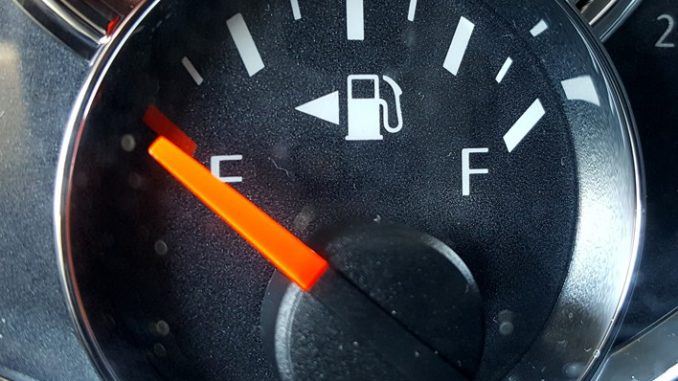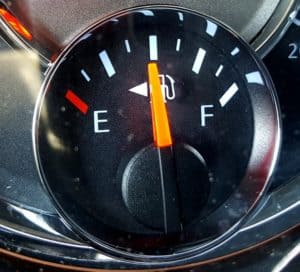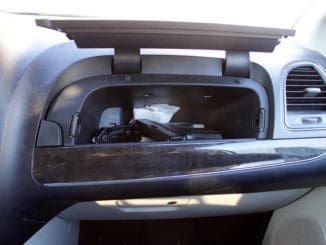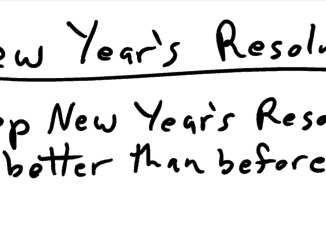
When it comes to winter, things that we can get away with in warmer weather can be dangerous, if not deadly. Running out of gas is one of them. It is never fun, neither is watching the low fuel warning and hoping you can reach your destination or a gas station. Couple that with winter weather and it’s much worse. In clear weather, when out of fuel, you can probably safely make it to the side of the road. That may not be the case in winter weather. If you do make it to the side of the road, there is the danger of cars not seeing you or a car losing control and sliding into your car.
Waiting For Help
I once had electrical issues with a car and broke down about a ¼ mile from home. The car was able to get to the side of the road, but it was a tow away zone so I had to say with the car. I called AAA but because it was just after a storm, I had to wait hours for a tow truck. To make matters worse, I was very cold because I wasn’t dressed for the weather. Now imagine being in a similar situation, but instead, you ran out of fuel with your family, further from home and in the middle of the night. Are you comfortable waiting for help at the side of the road with your young children? Are you comfortable leaving your spouse and children in crappy weather while you try to get gas?

Gas Tank Half Full
Always keep your gas tank at least half full. Running out of fuel is predictable and avoidable. Driving around on “E” saying, “I know my car” isn’t a plan, but it’s a great way to get into trouble. One of the keys to prepping is always being ready to leave at a moment’s notice, no matter the weather or situation. Having to stop in an emergency to get fuel is an unnecessary delay. When it’s time to GTFO, stopping for gas shouldn’t be part of it. There have been situations where drivers had to park where they stopped because of dangerous conditions. In these situations, you can at least have heat without too much worry about running out of gas. When sheltering in place, you can siphon the gas in the tank to power a generator or another car in an emergency. Fuel in the tank becomes a valuable resource in an emergency.
Have the mindset of a prepper, don’t just amass supplies. Don’t put yourself in unnecessary situations. The amount of gas in the tank can determine how long you survive. If you drive regularly, you’ll always need fuel (electric or gas). Get into the habit of getting fuel whether you think you “need” it or not. It’s better to have it and not need it, than to need it an not have it.




Be the first to comment